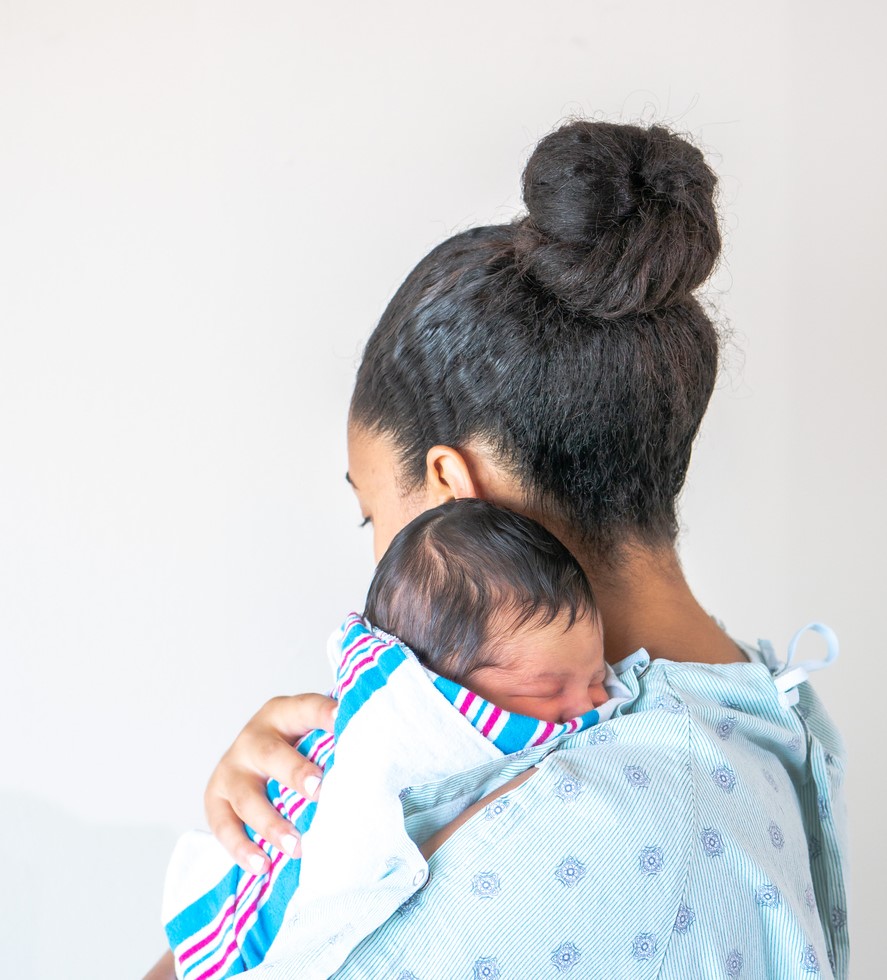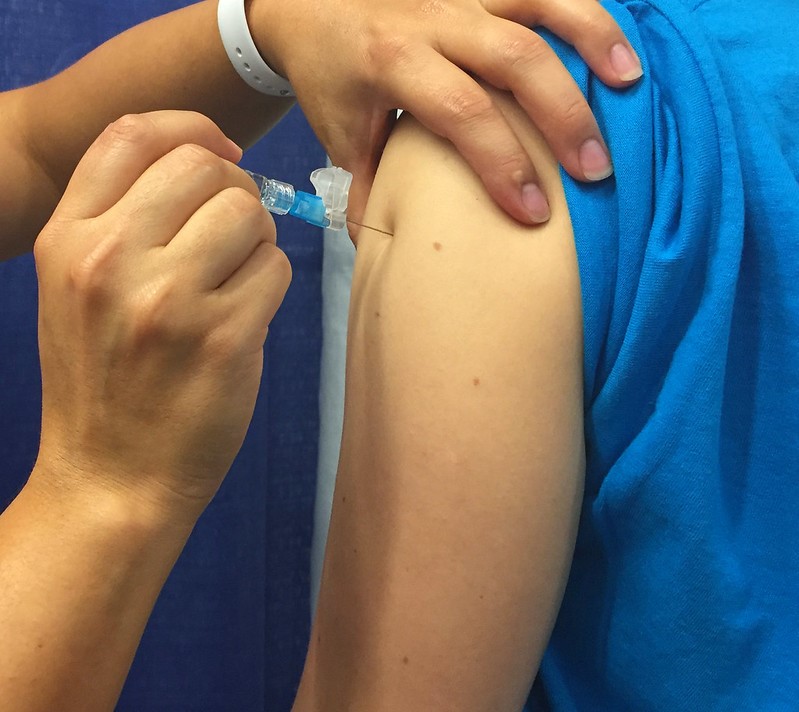
A quality improvement study conducted at Veterans Affairs (VA) hospitals found implementation of a surgical-site infection (SSI) prevention bundle with facility-level discretion on its components may be associated with reduction of certain SSIs, VA researchers reported today in JAMA Network Open.
The SSI prevention bundle, implemented at 11 VA hospitals from April 2012 to July 2017, focused on prevention of Staphylococcus aureus SSIs. Interventions included nasal screening for S aureus, nasal decolonization of S aureus carriers, chlorhexidine bathing, and appropriate perioperative antibiotic prophylaxis according to S aureus carrier status. Facilities were allowed discretion on how to implement the bundle.
To evaluate the impact of the bundle, VA researchers compared rates of deep incisional or organ space SSI caused by S aureus following one of three surgical procedures—coronary artery bypass grafting, cardiac valve replacement, and total joint arthroplasty (TJA)—in the preintervention and postintervention periods.
Among 6,696 cardiac surgical procedures and 16,309 TJAs, 95 S aureus deep incisional or organ space SSIs were detected (25 after cardiac operations and 70 after TJAs). While the generalized estimating equation (GEE) model suggested a significant association between the intervention and decreased SSI rates after TJAs (adjusted odds ratio, 0.55; 95% confidence interval [CI], 0.31 to 0.98), there was no significant association when an interrupted time series (ITS) model was used (adjusted incidence rate ratio, 0.88; 95% CI, 0.32 to 2.39). No significant associations after cardiac operations were found.
The study authors say the ITS results are "likely derived from the rarity of the deep incisional or organ space SSI in each time point," adding that further research on the observed associations in the GEE model is needed.
"Although this quality improvement study suggests an association between implementation of an SSI prevention bundle and decreased S aureus deep incisional or organ space SSI rates after TJAs, it was underpowered to see a significant difference when accounting for changes over time," they wrote.
 Results of an ongoing phase 2 clinical
Results of an ongoing phase 2 clinical 
















